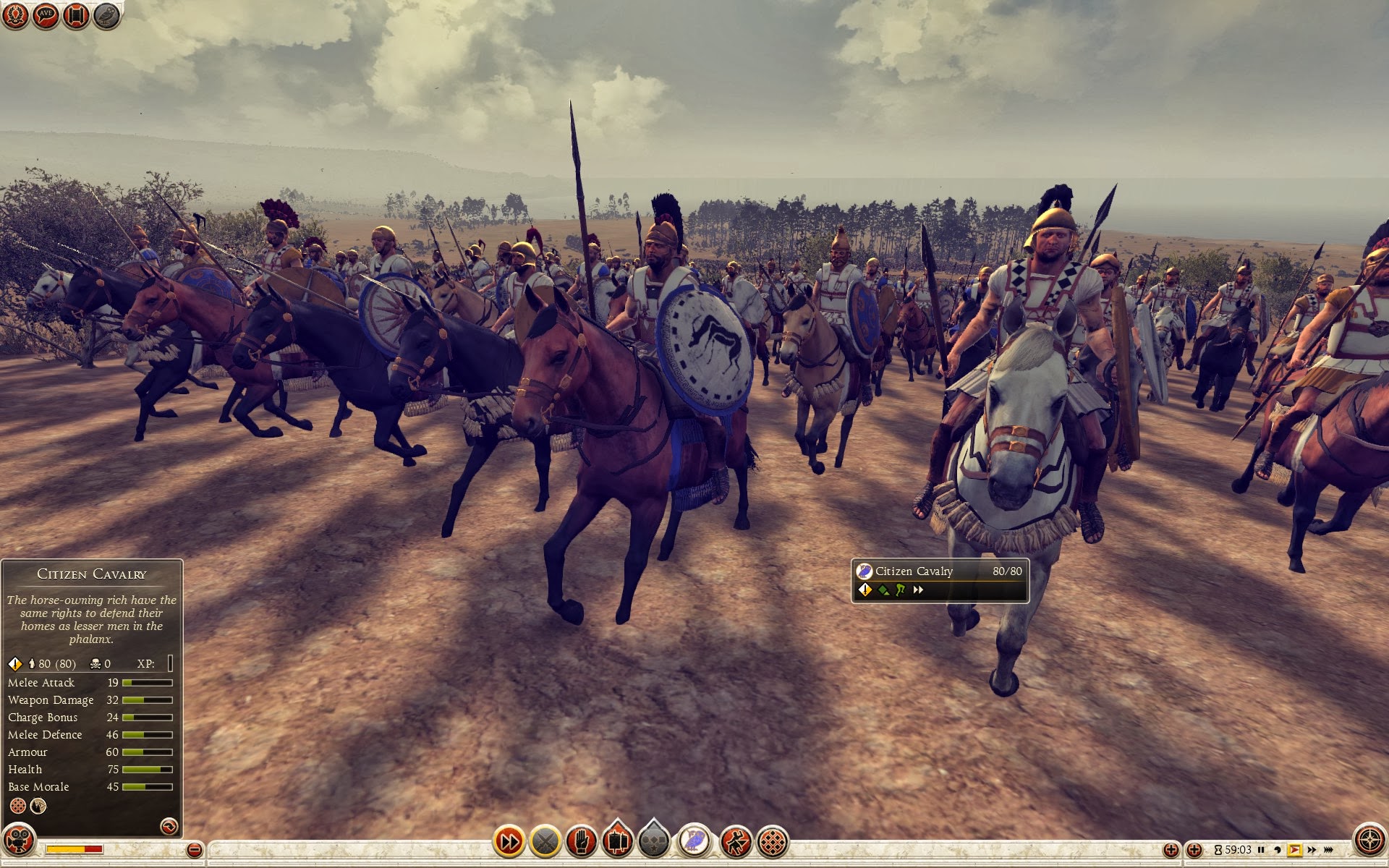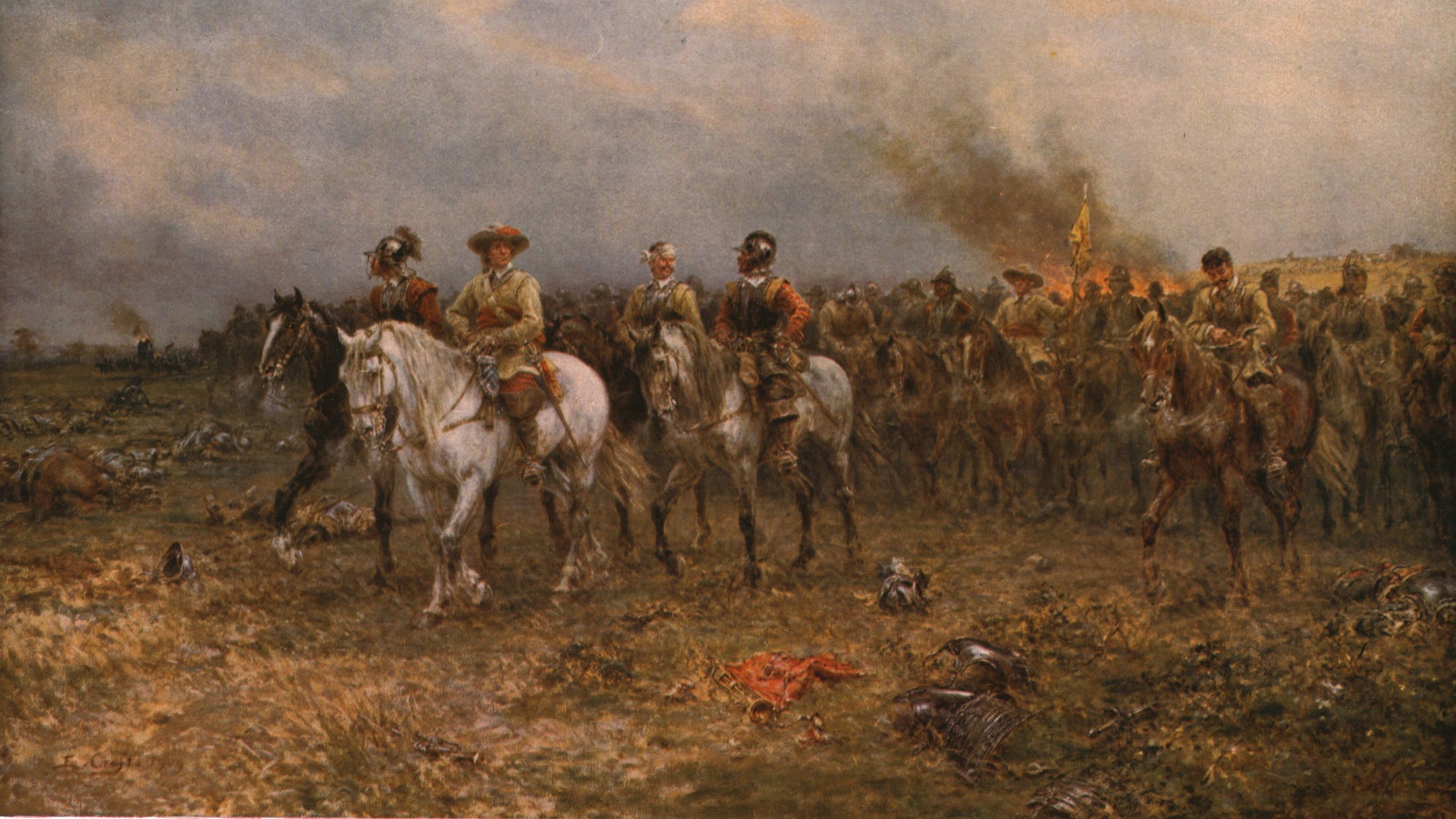

The future British Expeditionary Force (BEF) commander, Douglas Haig (1861-1928), maintained a belief in the utility of the cavalry charge, though even he recognized the need for innovation.

The British equipped some units with long rifles rather than the traditional carbine, and emphasized dismounted open order tactics and firepower, becoming more like mounted infantry, though some cavalry units continued using the sabre or lance. Nevertheless, some European countries, especially Britain after its experience during the Boer War, realized that firepower for cavalry units could be more essential than the formerly-dominant shock charges, and European countries began to integrate some doctrinal and technological changes. As British doctrine from 1907 stated, “The rifle, effective as it is, cannot replace the effect produced by the speed of the horse, the magnetism of the charge and the terror of the cold steel.” Similarly, the 1913 German doctrine noted, “In Cavalry action a vigorous attack, ridden stirrup to stirrup, is the sure road to victory.” Certainly the events from the Crimean War (1854) through to the Russo-Japanese War (1905) made armies reflect on technology’s impact on this combat arm, but not enough to sway their belief in the importance of the speed and shock that cavalry, the arme blanche, delivered, nor the traditional role it preserved in military culture. As nations stumbled into the First World War, the third element of the “rock, paper, scissors” tripartite of warfare that Napoleon Bonaparte (1769-1821) had so notably integrated a century earlier, the cavalry, remained steadfast in its worth, along with the artillery and infantry – or so many of the architects of warfare believed. The closing of the 19 th century and the first decade of the 20 th century witnessed the sluggish reaction of European armies to the increasing effect of firepower on the battlefield and the consequences that these technological advancements had on, among other things, the traditional role of horse-mounted cavalry.


 0 kommentar(er)
0 kommentar(er)
